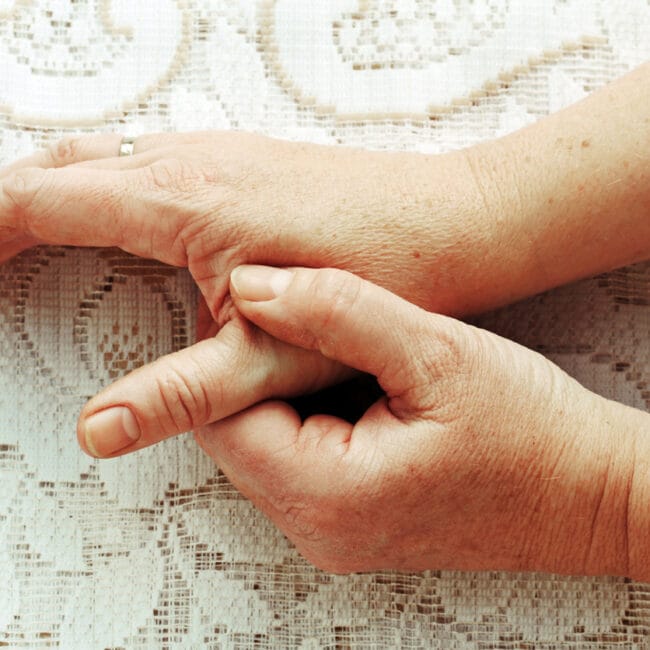In Part 4 of our Winter Running blog, Rob Hanley poses the question “Are You Running Properly”?
Are You Running Properly?
There are numerous books, courses and an enormous amount of medical research dedicated to the subject how we run and the best way to do it. We know for certain about the numerous health benefits associated with aerobic exercise from improved mood and sense of well-being , to helping prevent illnesses such as diabetes, heart disease and stroke. We know that running is a great way to do aerobic exercise but we also know that it can have pitfalls that need to be carefully negotiated.

The average 10 and a half stone runner puts 60-90 tonnes of force through each leg for every mile he/she runs *. This is a phenomenal amount of load to endure which, with poor technique, can quickly lead to a variety of conditions ranging from shin splints and knee pain to the more serious stress fractures of the foot bones (metatarsals), shin bone (tibia) and long term wear and tear such as osteoarthritis.
Many of my patients get a lot of benefit from addressing their running form. Running with good technique helps to prevent the injuries and makes you a faster and more efficient runner. Have a look at Kenyan marathon runner Moses Mossop, this is how it should be done.
Improving ones technique is a long term process and takes a minimum of 6 -12 months. In order to run well, let alone move like Moses, you need to have great running form which comes from numerous components. The most important components are:
Posture and Landing Style
Flexibility of Running Muscles
Strength in Muscles that Support Running
Core Stability
I will look at each of these in turn in the coming weeks.
Posture and Landing Style
Up to 80% of joggers run with poor technique, favouring to land on their heels as opposed to on the flat or ball of their foot **. The ball of the foot is termed the “forefoot”.

The important thing to understand is that landing on your heel causes your body to brake slightly with every stride you take and then push off again. Remember our 60-90 tonnes of force. This way of landing adds massive amounts of unnecessary strain to the heel, Achilles tendon, and knee to name but a few. This is a factor in plantar fasciitis, Achilles tendinitis, Patellofemoral Syndrome amongst many other conditions.
A much more efficient way to run is to land on your forefoot/midfoot and with good technique. Achieving this consistently takes longterm effort and concentration. It is much more than just going for a run, but if you persist with it, it will become natural overtime. It would be impossible to cover this complex area in a couple of pages but the fundamentals are as follows:
Posture must be kept straight, a very small lean of the whole body is ok, but this does not give you the excuse to stick your bum out behind you. Kathy Griest from Chi Running demonstrates this well here.
Take slightly smaller, faster strides. This stops you from over striding and landing on your heel. The goal is that as you land there should be close to a straight line between the hip, knee and ankle. Havard Professor Dr. Daniel Liebermann shows this here.
Land quietly – this way your muscles will absorb the shock which is much better than your bones and joints taking them.
In essence, landing on the ball of your foot/forefoot is a lighter and more efficient way to run. It is a technique in itself which takes time and practice. In my next entry, I will look at one school of thought on how to achieve this- Chi Running.
Chartered Physiotherapist Rob works in our clinic in Dooradoyle, Limerick. If you would like to talk to Rob or indeed any of our other Physios you can contact us.
Part 1 – Introduction
Part 2 – Getting it Right from The Start
Part 3 – Motivation










